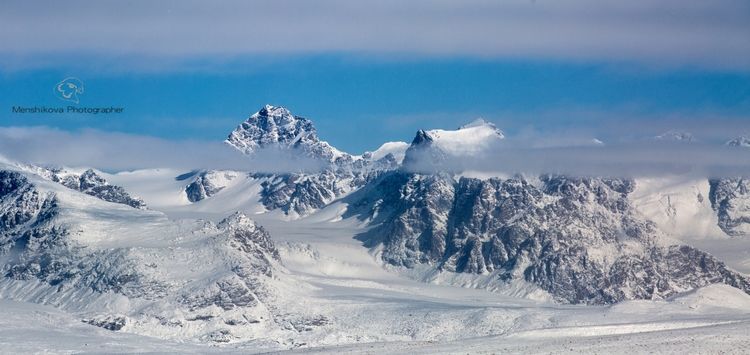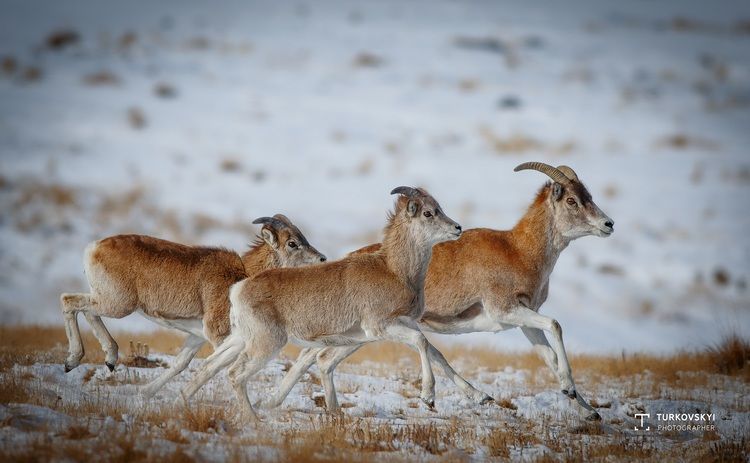These beautiful animals, looking into the camera lens with curiosity, are the inhabitants of the highest mountain mine in the world. Talented animal photographer from Bishkek Ivan Turkovskiy captured them in photos. The master shared secrets of wildlife shooting and told about his four-legged and feathered models.
On the way to the wild
Ivan is fond of photo art for about 18 years. First it was macro photography — this is when you can easily count all the black spots on the back of a ladybird on a photo, admire the drops of dew on the flowers and the quaint pattern on the wings of a butterfly. Then he tried his luck at other genres, but, eventually, returned to photographing the wildlife. One of his favorite hobbies today is shooting of birds.
— I had an idea to create an illustrated atlas, we did not issue such publications for a long time. The fauna of
— Besides, the task is not simply to document the fact of endemic, but to make a shot in good quality, demonstration of an interesting plot is a long process.
-Being aware of my idea, my friends advised me to go to Kumtor, where some representatives of wild nature can be approached closely for high-quality photography.
Kumtor. Comfort zone for wild animals
No sooner said than done. Organizational moments did not take much time and energy. Contrary to popular belief that the object is closed and inaccessible, the request of the photographer was considered in the company, and a positive answer was given on the same day.
— They responded with great understanding and quickly organized a trip. By coincidence, at the same time, our local ecologists came to the mine, who monitor the number of animals. Being there I got acquainted with Kumtor experts: the whole department is involved in ecology issues!
— Surely this is not the most important thing that struck you. With what impressions have you returned to the city?
— What surprised me most was the unique symbiosis between the man and animal, an example of their joint life. Just imagine, there is work in the open pit and a quite noisy from time to time. The territory of the mine is covered with roads where special vehicles are moving. People move actively. And in this reality, wild animals coexist quite comfortable there. Everyone is engaged in his own business and does not interfere with the other.
The beast remains a beast of course. It can not be approached simply so. But predators at Kumtor have no panic fear of humans. When the distance between you and an animal reduces too much, the animal, of course, retreats to a safe distance. But if it sees that nobody shows interest to it, it behaves in a completely natural way. Surprisingly, this is generally possible. In
— And what was the closest distance of approaching them?
— On the territory of the mine there are strict rules for observance of industrial safety. After all, I dealt with wild animals. Who knows what they have in mind ... So I worked without leaving the car. So I took picture of a wolf at a distance of five meters. And it did not have to go in our direction, otherwise I would have come even closer.
Fox was photographed seven meters from the car. But the argali are more timid, they tried to stay away from us — they were 25-
— Who else was captured in the photo?
-I managed to capture interesting birds. Tibetan crows live at an altitude of
— Have you been satisfied with your work?
— In general, yes. But, perhaps, I will go to Kumtor once again. In the previous trip, females of argali with young animals were captured in the photo. Agrali were cautious and kept a distance of
Where and who needs to be rescued
— Today, there are talks about the negative impact of mining on the environment in the society. You visited the mine, saw everything with your own eyes. Well, how are the animals doing?
-They live there wonderfully! God send so much attention to the protection of wildlife and ecology as there is at Kumtor to other parts of the country. Undoubtedly, any mining production negatively affects the environment. This was well understood in the
I saw how thoroughly and scrupulously the environmental issues are taken into account at Kumtor, trying to minimize its interference in nature.
Ivan Turkovsky
Therefore, instead of looking for a reason to hang on, I advise the critics to look into the scientific information about the causes of the melting of the same glaciers, and those who care for the environment — go to some state reserves, Sary-Chelek for example, and see what a nightmare is happening there, how much dirt and garbage is left behind by holidaymakers and tourists.
It does not matter where — in the lowlands or in the highlands — nature everywhere requires an equally careful attitude towards itself. Otherwise, such a selected approach and heated interest is nothing more than a method of political manipulation. And this has nothing to do with care for the animal world.















